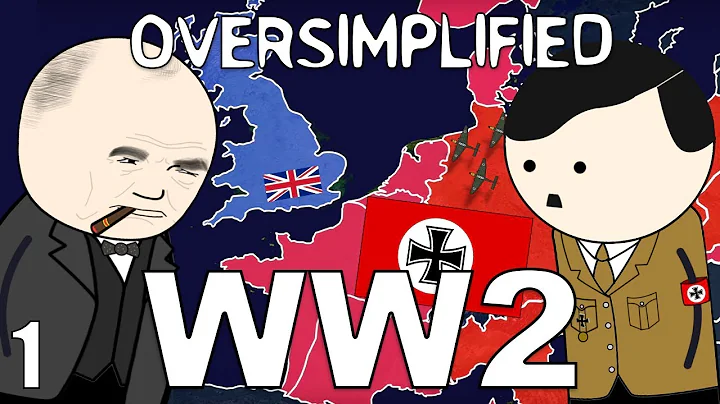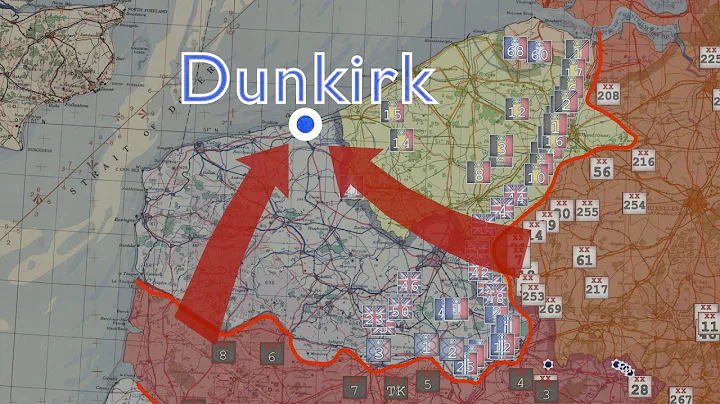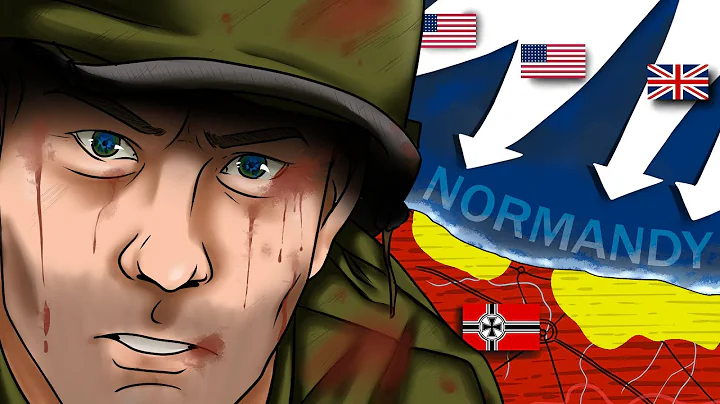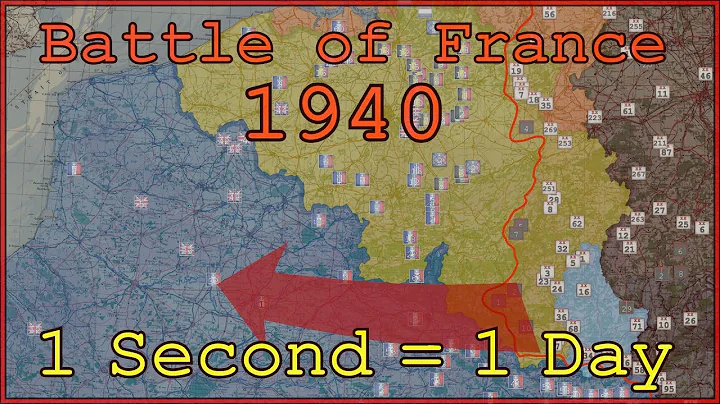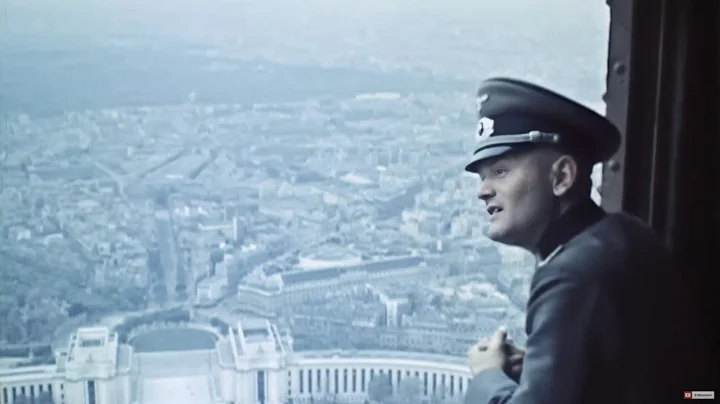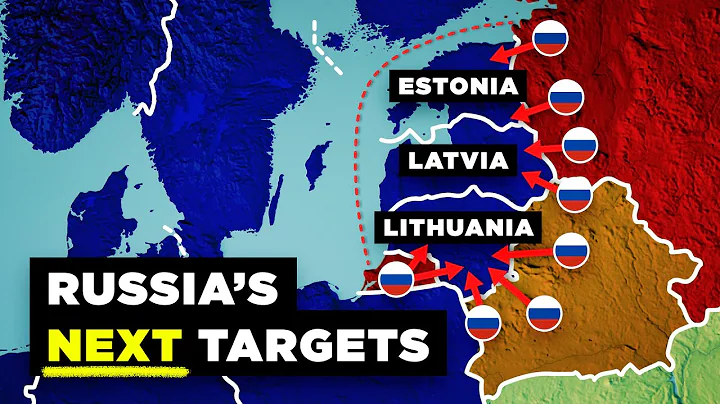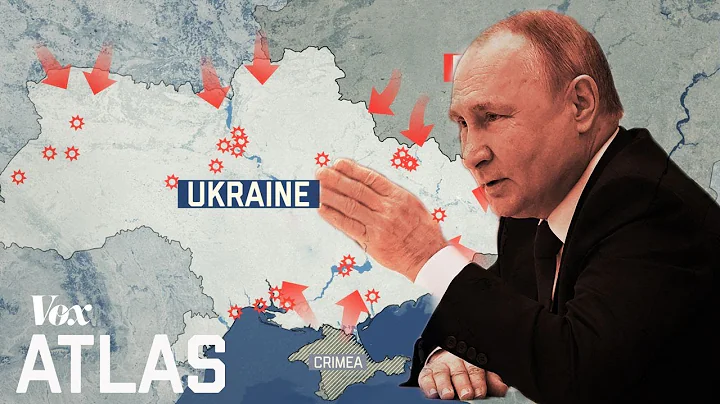On May 10, 1940, Germany launched the Western Campaign and invaded France and the Low Countries. The German invasion operation was divided into two stages. In the first stage, the "Yellow Plan", the German troops attacked , Belgium, , attracting the main Allied forces to move north to the predetermined defense line to intercept; the real main armored forces of the German army passed through the loosely defended Ardennes area , drove straight into the rear of the Allied forces, cutting off the Allied forces' supplies and communications in order to encircle and annihilate them.

In just over 10 days, the German armored forces crossed the French mainland and hit the English Channel shore. The northern coalition forces were surrounded in the Flanders region of northern France. On May 27, the Belgian army surrendered, and all 400,000 British and French troops began to retreat towards Dunkirk. In order to avoid being surrounded and annihilated by the German army, the British and French troops carried out the largest withdrawal operation at the time, called "Operation Dynamo". During the retreat, a fierce air battle broke out between the Royal Air Force and the German Air Force. In the end, Britain was still able to mobilize ships of various sizes to evacuate most of its soldiers from the European continent.
html On June 5, the German army launched the second phase of the "Red Plan", encircling the defenders of the Maginot Line from the flanks of the French army and attacking southward. The remaining 60 French divisions fought hard, but were unable to overcome the German air superiority and the mobility of the German armored forces. The French government moved to Bordeaux and made Paris an undefended city . Rommel and Guderian ignored the German Army General Command's order to stop the advance and continued the advance after breaking through the Meuse River bridgehead, which later proved to play a key role in the victory.

On June 14, 1940, Nazi Germany officially entered Paris. They encountered little resistance and the French troops had long since withdrawn from their capital. They deliberately avoided fighting with the Germans, believing that this would save the city's residents and preserve this historic city. In fact, this is indeed the case. The German army did not wreak havoc on Paris. Hitler just took a few photos in front of the Eiffel Tower as a winner as a souvenir.

On June 22, 1940, France signed a document of surrender to Germany at Leton in the Compiegne Forest. Hitler decided not to hold the signing ceremony at the famous castle in the town. The ceremony was held in a train carriage. After Germany's defeat in World War I, it was in this carriage that Germany surrendered to the Allies. Hitler believed that Germany has suffered great humiliation here, and the French must also feel this taste.
After that, France was divided into the German-occupied zone in the north and the "free zone" in the south. Both areas were nominally governed by the remaining French regime led by Pétain. The French Third Republic was replaced by the remaining regime led by Pétain, often referred to as "Vichy France".
